Two Ways to Create Just Like Piet Mondrian
- Yasmeen Kamrani Sallam

- Sep 8, 2025
- 2 min read
Updated: Sep 9, 2025
This month, we are exploring the work of Piet Mondrian, a Dutch painter best known for his bold use of geometric shapes & primary colors. Mondrian believed that all shapes could be broken down into simple geometric forms, & that every color could be created from the three primaries—red, yellow, and blue.

The children have been discovering his art through stories, studying his original works, and experimenting with their own unique renditions.
1. Invitation to Explore Geometric Shapes & Primary Colors on the Light Table: This exploration we took to the light table. To spark curiosity, we provided Picasso Tiles in red, yellow, & blue. To mimic Mondrian’s signature bold lines we arranged Colorations® black masking tape on the light table. The children were invited to design their own compositions, experimenting with patterns, shapes, spatial awareness, & quadrilateral figures.

This type of invitation does so much more than introduce children to a famous artist. It:
Encourages problem-solving and creative thinking
Strengthens spatial reasoning and design skills
Promotes awareness of shapes, patterns, and symmetry
Inspires children to reimagine art in new mediums
Builds confidence in expressing their own ideas and perspectives
Children naturally love to build, design, & experiment, which makes the light table an ideal setting for artistic discovery. By blending art, engineering, & play, this invitation challenges them to think beyond the traditional canvas, take inspiration from Mondrian, & discover that art can be created in many forms & spaces.
When children engage with art in this way, they aren’t just learning about shapes and colors—they’re learning to see possibilities everywhere.

2. Piet Mondrian 3-D Abstract Art: For this process art invitation, we took Mondrian’s style off the canvas & turned it into three dimensions! Using recycled cardboard boxes we wrapped it in white butcher paper, & transformed simple materials into abstract sculptures. We used the same black masking tape to form quadrilateral patterns, & provided the primary colors tempera paint & brushes. The children were invited to paint. Along the way, they explored how primary colors mix to create new shades & learned to recognize quadrilateral figures in their designs.
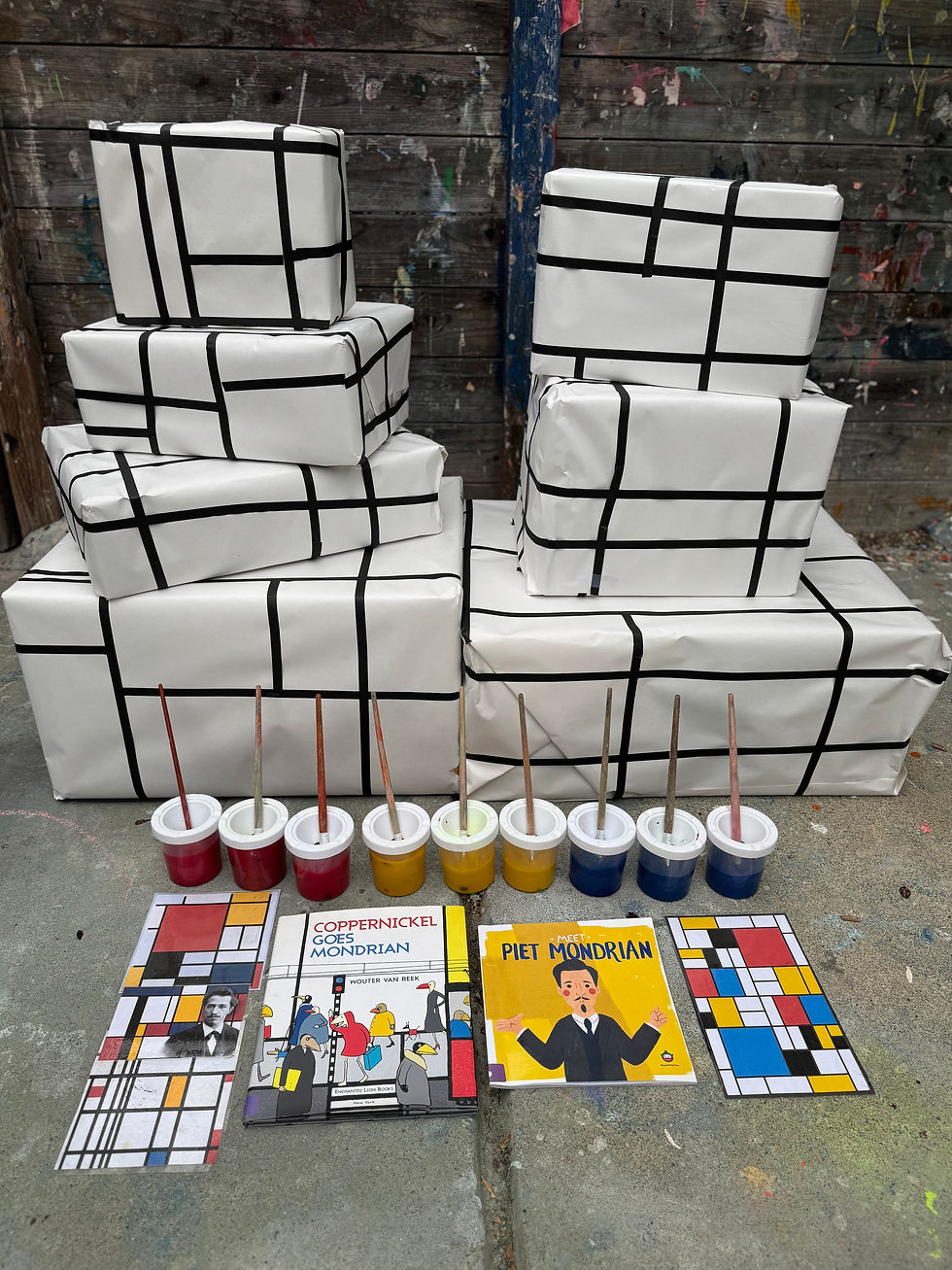
Invitations like this give children the freedom to explore art in fresh & exciting ways. Exposure to diverse artistic styles not only expands their creativity but also helps them become more curious & open-minded thinkers. Art in early childhood lays the foundation for imagination, inquiry, reflection, & critical thinking, while teaching children to see the world through many different lenses.

Every brushstroke, every pattern, & every splash of color is another step toward building confident, creative learners who see beauty everywhere.
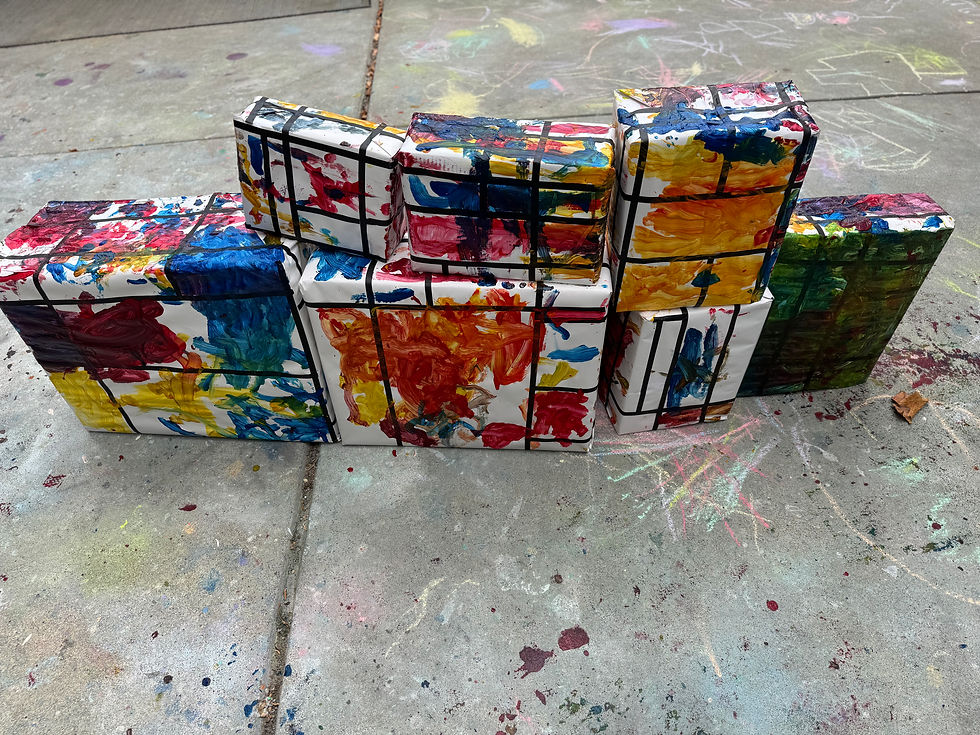
Here are more ways to explore the artist: Mondrian 2 Ways, Piet Mondrian 3-D Abstract Art.



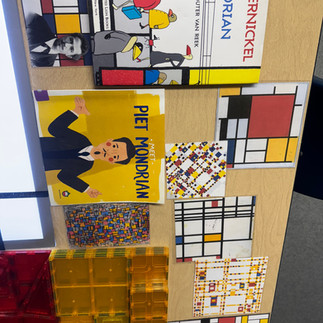


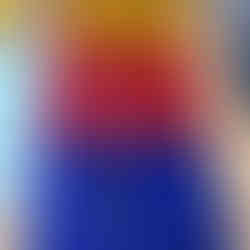














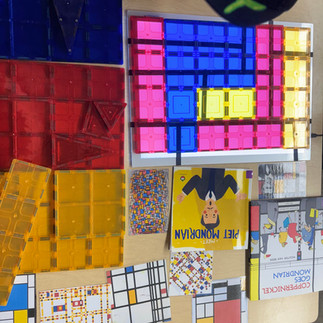
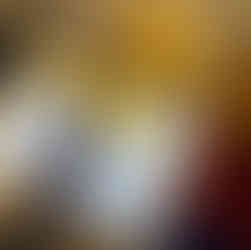


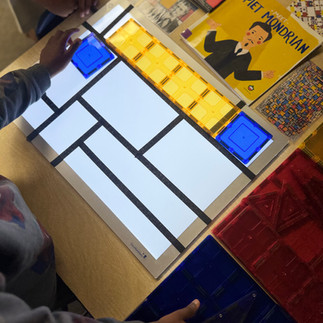


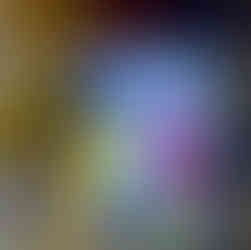


















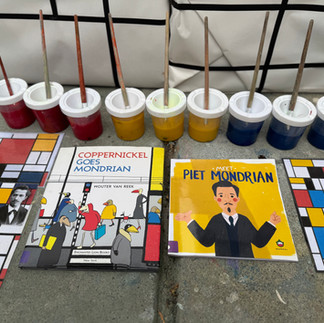





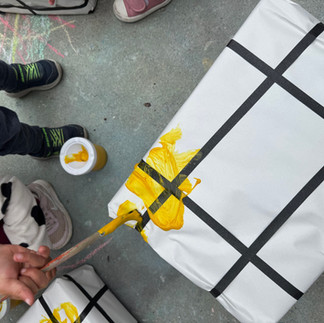







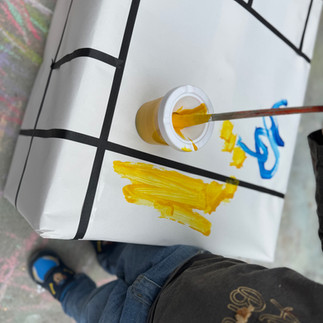






















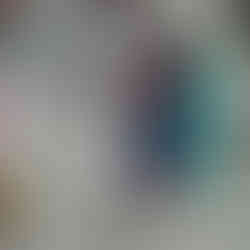
















Comments